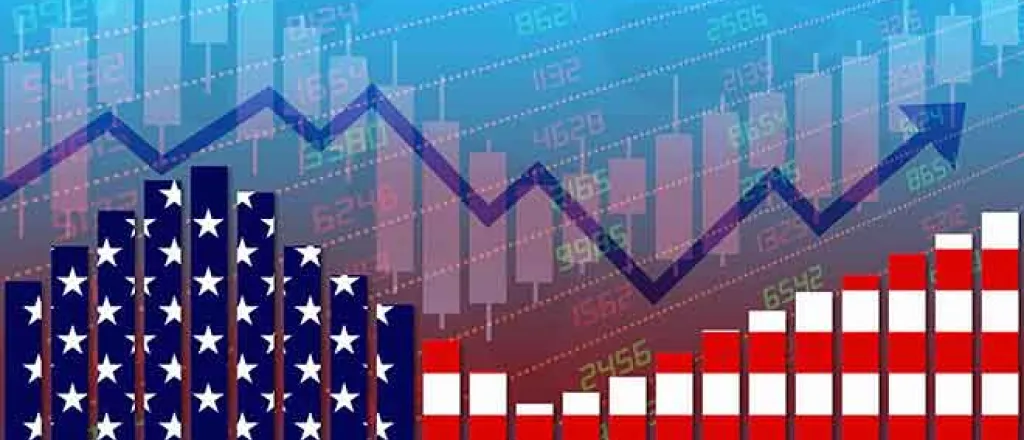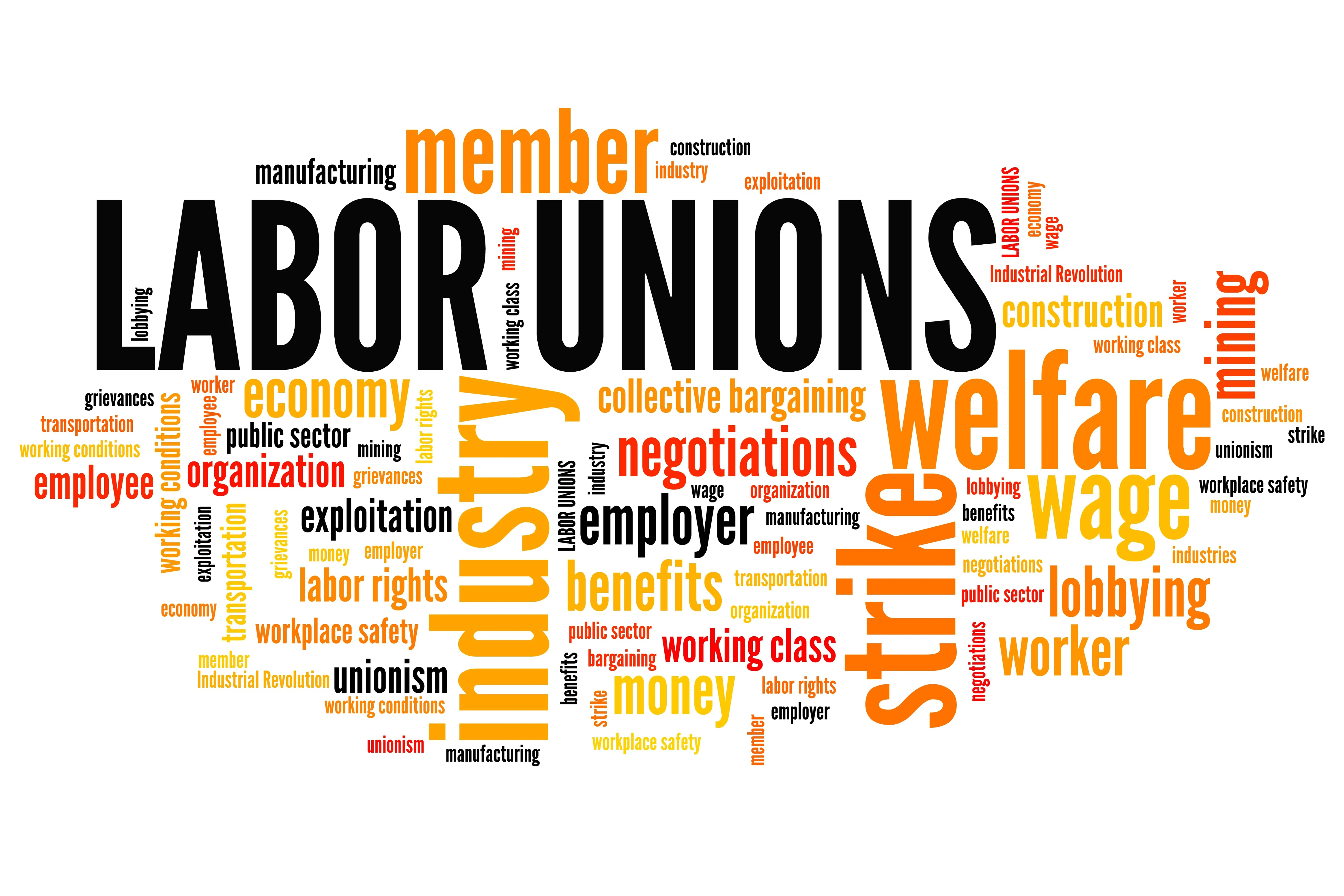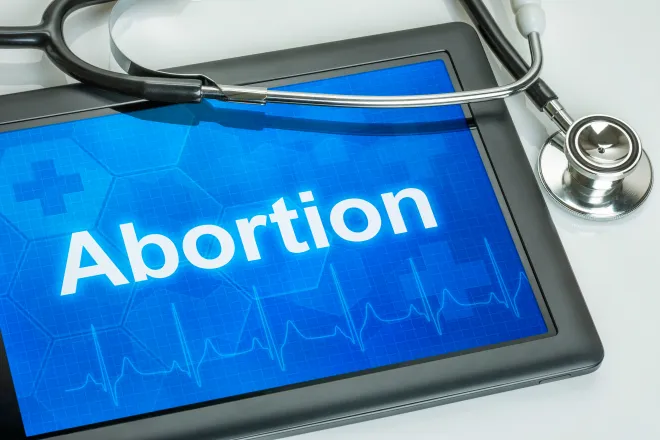
Job growth exceeds economists’ expectations as unemployment inches up
(Colorado Newsline) The labor market is stable and healthy, economists and policy experts say, although the unemployment rate ticked up in the month of August.
The Bureau of Labor Statistics’ report released Friday showed that unemployment rose to 3.8 percent in August from 3.5 percent in July. Meanwhile the economy added 187,000 jobs, above expectations of 170,000 jobs from economists polled by Reuters. In July, 157,000 jobs were added.
Although a rise in the unemployment rate may look foreboding, it’s actually an indication of people looking for work in a more attractive labor market with higher wage growth and employers who may be more willing to offer more job flexibility, said Mike Konczal, a director at the Roosevelt Institute, a progressive think tank. Those factors may have appealed to people who were returning to the labor market after some time away.
“We saw that the unemployment rate went up, basically entirely because the labor force expanded. The labor force is people looking for a job and working. And in particular, among the unemployed, people who are new entrants to the labor market, were the ones who drove it,” Konczal said.
The number of jobs the economy added this month is also cause for confidence in the job market, even if it is slowing down.
“For this stage of recovery where unemployment has been below 4 percent for well over a year, that level of job growth is pretty remarkable. You would probably only need like 100,000 [jobs added] to keep up with the population growth,” Konczal said.
Wages inched up 0.2 percent in August compared to 0.4 percent in July. Overall, wage growth rose 4.3 percent over the past 12 months. Although wage growth is still strong and higher on a three-month basis than it was before the pandemic, Konczal said it’s lower than a year and a half ago when the Federal Reserve was concerned it would fuel inflation.
The Fed raised the key interest rate in July, making it the highest in more than two decades. It is considering raising it again to continue fighting inflation to bring it down to its target of 2 percent from its current rate of 3.2 percent.
Economists and policy experts caution that a rate hike from the Fed could hurt some of the gains workers made during the recovery.
“We should be concerned about the labor market softening too fast given that there’s been a lot of rate hikes,’’ Konczal said. “We know housing is still probably going to slow again.”
Economists and policy advocates also are closely tracking the unemployment rate in the Black community, which fell to a record low of 4.7 percent in April, before seeing two consecutive months of increases. It hit a high of 6 percent in June, and currently stands at 5.3 percent in the August jobs report.
Before the jobs report on Friday, Katherine Gallagher Robbins, senior fellow at the National Partnership for Women & Families, told States Newsroom in an email: “While the economy is still very good, there are signs – such as the trends in Black women’s employment, as well as the fact that the number of jobs added in July (187,000) was significantly below the average monthly gains for the prior 12 months (312,000) – that indicate a slowing. We have long maintained that rate hikes – which disproportionately impact marginalized workers – are not the right tool for fighting inflation. To me the most recent trends make that even more clear.”
The Bureau of Labor Statistics also revised those 187,000 jobs in July down to 157,000 jobs.
The marginalization and discrimination against Black people in the U.S. economy is one of the reasons that economists look at Black unemployment and other relevant labor data as an indicator of where the economy is headed, economic research has shown. Black workers ages 25 to 54 faced higher unemployment earlier and for a more sustained period than white workers in the Great Recession, according to a 2020 analysis from the Federal Reserve Bank of Dallas.
Konczal said, “The Fed has indicated that it is comfortable with unemployment going up a little bit to fight inflation in different ways. And I think there’s good reason and empirical reason to think Black unemployment might increase first. It is still something to watch with concern.’’
Bilal Baydoun, director of policy and research at Groundwork Collaborative, said the strong labor market has provided more opportunities for labor organizing this year. There have been 251 labor actions from January to Aug. 30, according to Cornell’s strike tracker.
“This is a historic opening for workers not just to make progress against the pandemic economy and the pandemic recovery, but also against the pre-pandemic economy. The rise in labor activity spurred by a tight labor market is very promising,” he said. “And the Fed is threatening to stifle a lot of that progress, which is curious because merely years ago, the very workers that we almost exclusively refer to as essential are proving to be ever expendable in Fed policymaking.”
Colorado Newsline is part of States Newsroom, a network of news bureaus supported by grants and a coalition of donors as a 501c(3) public charity. Colorado Newsline maintains editorial independence. Contact Editor Quentin Young for questions: info@coloradonewsline.com. Follow Colorado Newsline on Facebook and Twitter.

















